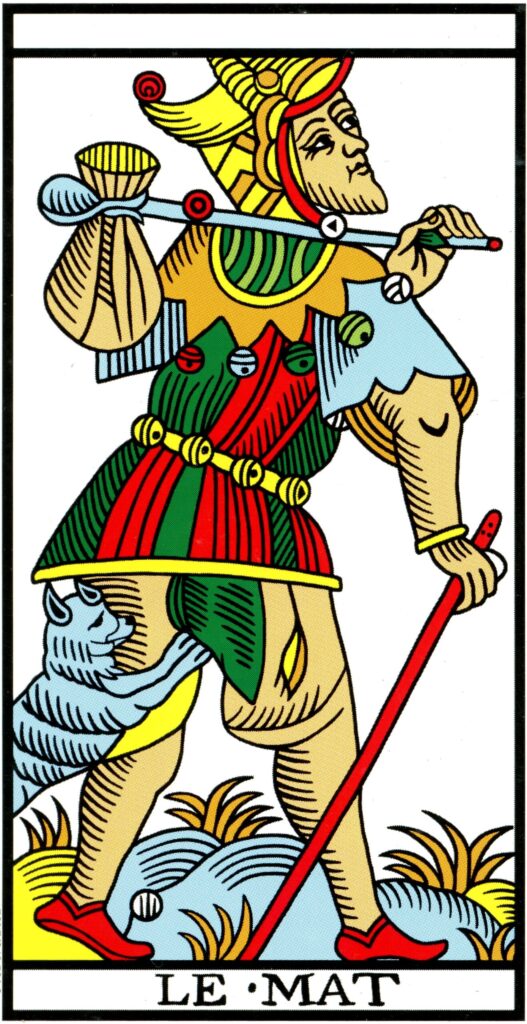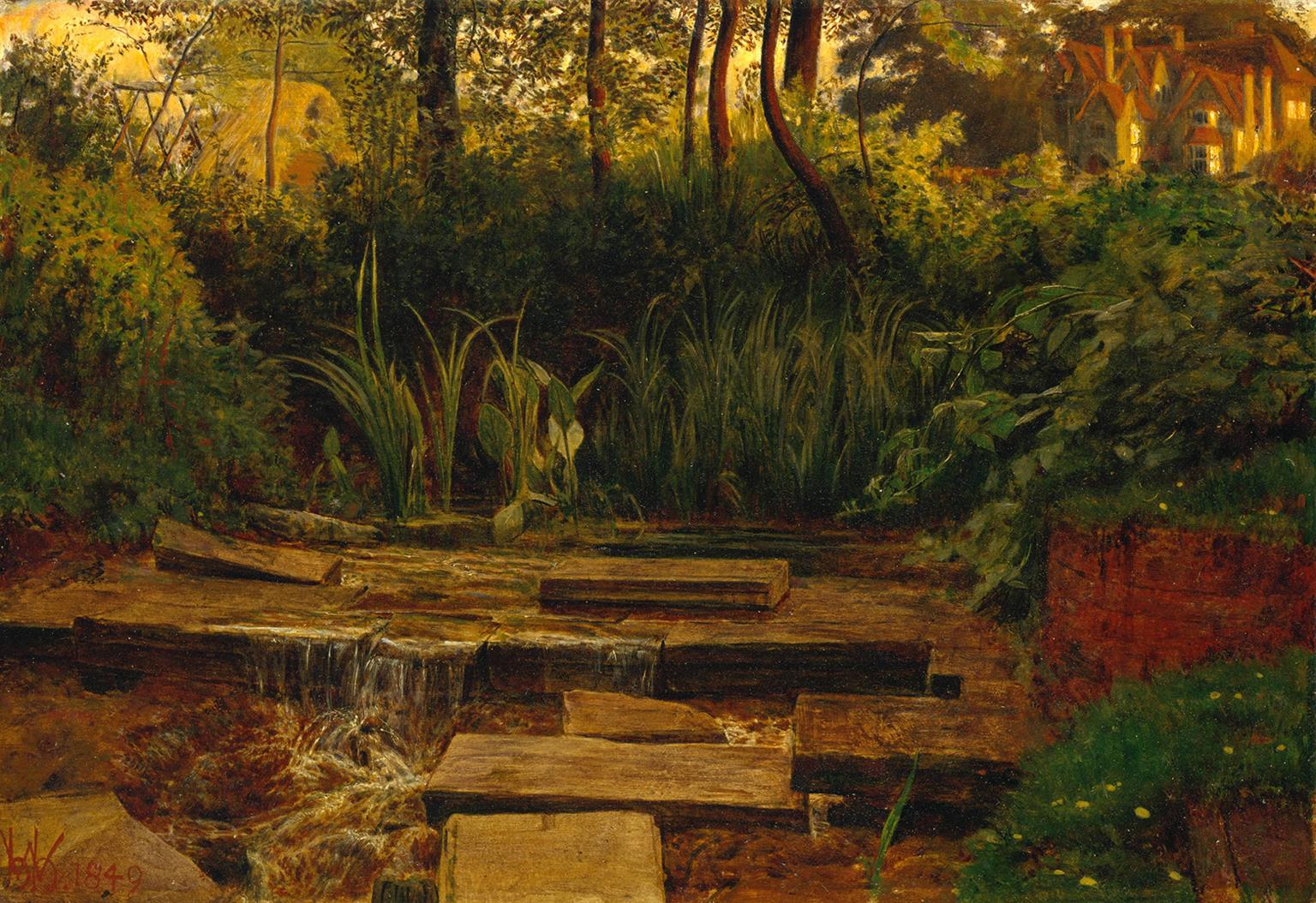The Fool is the wanderer who begins without guarantees and travels without a fixed plan. In mystical life, this image carries a truth that resists ordinary logic. There are seasons when the soul does not know the destination, when there is no fixed scheme for what is to come. The absence of a clear map can be a sign that the path is meant to be lived step by step. The Fool’s journey is surrendered to a guidance not written in advance. On the Tree of Life, this is the path of Aleph, the silent ox that bears the breath of beginnings, uniting Kether and Chokhmah within the Supernal Triangle: the line of pure potential before thought takes form.

In the Christian mystical tradition, such surrender is a conscious laying down of the claim to control. The Fool steps into what is unknown with a trust that cannot be taught through theory. This is where his simplicity meets the depth of what Saint Mary Magdalene de Pazzi called “dead Love”: where the soul has abandoned even the desire to possess spiritual experience, to understand or to control God. It is the apophatic way, the “Cloud of Unknowing”, where darkness is the veil through which God is known.
I. The Path Made While Walking
The Fool’s feet touch a path that did not exist before he stepped upon it. For those who read the Tarot as a spiritual mirror, this means the journey is shaped in real time by the choices, encounters and mercies met along the way. The only compass is the quiet sense of movement that comes from within and above. This may seem akin to disorientation and, yet, it is also freedom. Without the weight of a fixed route, the traveller is open to what is given.
Such openness demands courage. The unknown can tempt the soul to retreat into the safety of systems and assurances. But the Fool shows another possibility: that one can walk forward without such protections and still be carried. It is the willingness to believe that the road will reveal itself at the right pace. In spiritual transition, this image reassures the seeker that feeling lost can be a sign of true movement. The absence of a plan can itself be a mark of trust.
II. Dead Love and the Empty Hands
Saint Mary Magdalene de Pazzi spoke of the final stage of perfection as “dead love”, the state in which the soul “does not desire, want, yearn for, or seek anything. By complete surrender, one dies to oneself in God, not wishing to know, understand or experience Him for oneself.” This description stands close to the Fool’s way. His hands are empty not because he has been stripped against his will, but because he has chosen to carry only what cannot be taken.

In the Fool and “dead love” there is the same abandonment of claim. The soul that lives in such love is free from the bargaining that often marks the early stages of devotion. It no longer approaches God with conditions or expectations. Like the Fool, it walks forward without demanding to see the destination. It trusts that the absence of personal agenda is the very space in which the Divine can move.
III. Living Without the Map
To live without a map is to allow the meaning to emerge from the encounter itself. In the Fool’s image, the small satchel over his shoulder is enough to hold the essentials, but it contains no plans or proofs. It carries the minimum so that the traveller can move freely. This lightness, in spiritual lexicon, is the fruit of having released the need to possess God through knowledge or to secure the path through control.
The tie between the Fool’s light step and Mary Magdalene de Pazzi’s “dead love” is the refusal to hold on to anything as a safeguard against the unknown. Both speak of a life where even sorrow is welcomed without resistance and joy without grasping. The Fool walks on and the road forms itself. The soul in “dead love” rests in God and the life acquires shape around that rest.
The Fool’s gift to the seeker is the release from the demand for clarity. The gift of “dead love” is the same. Together, they point to a path where the absence of a plan is an open space. It is the field where trust grows. The Fool’s step, the silent Aleph, and the Carmelite saint’s surrender meet in the same place: where the soul is content to walk without seeing and where every step is already home.
Fiat Lux.
